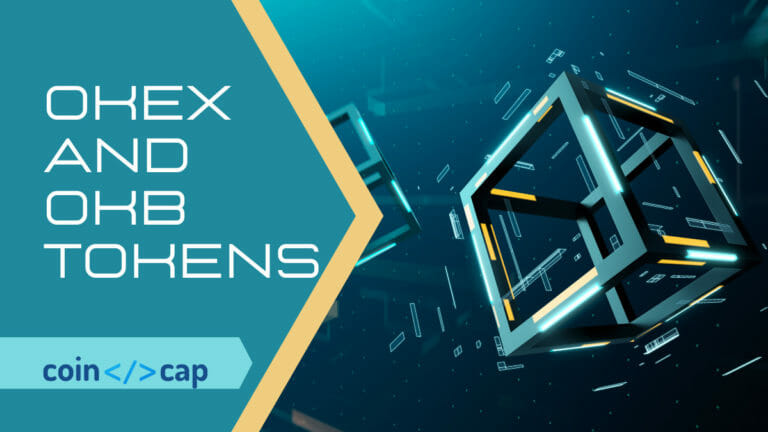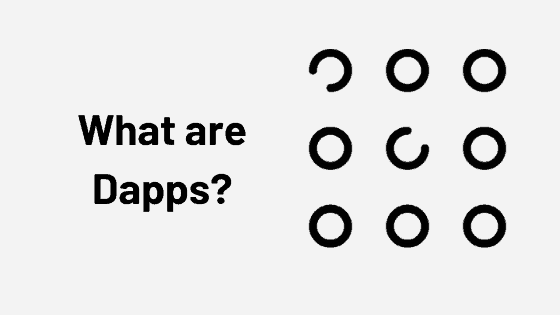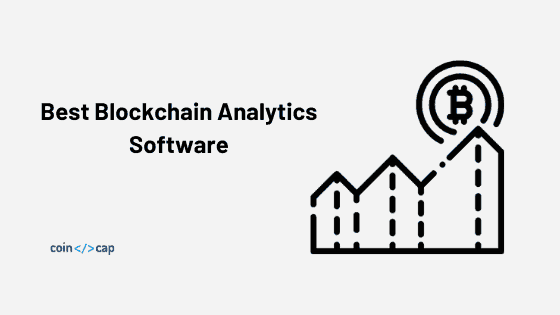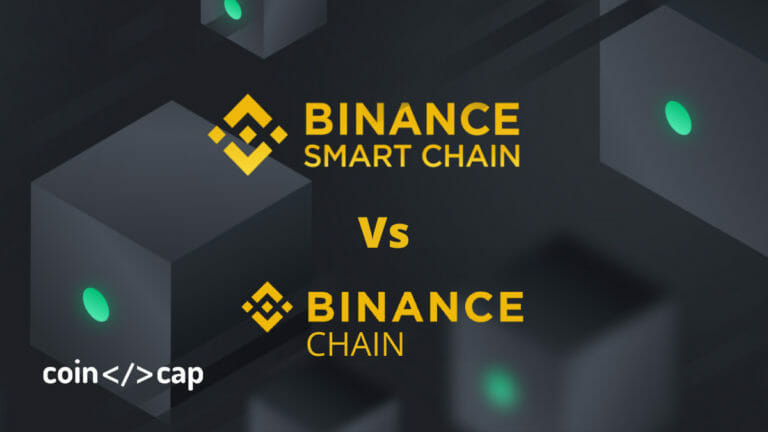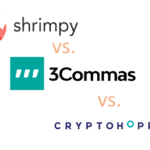Cardano is a Blockchain protocol which aims to be a smart contract platform, launch decentralized applications, tokens, and all the other features we expect from these types of projects.
It seems like we have heard the same pitch a thousand times before.
But Cardano has one distinction. It is the first major protocol built as a Proof of Stake(PoS) from the ground up.
It also follows a more disciplined research philosophy. All of the papers the Cardano Foundation prepares are peer-reviewed using academic standards.
This is unlike a project like Ethereum, where many researchers across the globe modify it without a clear central direction.
This could be intentional since Charles Hoskinson once was part of the Ethereum foundation and left it. The event leads to the creation of Cardano and its formal pursuit of research.
Also Read: A Candid Explanation of Bitcoin
The start of Cardano
Cardano is the effort of Charles Hoskinson. He wanted to create a new type of Blockchain, which was PoS from the start, built around formal methods of investigation, and implementation.
In order to achieve that, he created three entities with different duties: IOHK, Cardano Foundation, and Emurgo.
Input Output Hong Kong (IOHK)
It was founded in 2015 by Charles Hoskinson and Jeremy Wood. According to their website: “IOHK is a world-class engineering and technology company committed to using peer-to-peer innovations to provide financial services to three billion people that don’t have them.
The group is contracted to design, build, and maintain the Cardano platform through to 2020.”
Their mandate to develop Cardano expires this year, but since there have been a few delays, it is expected that it will be extended.
The company not only develops exclusively for Cardano. They have worked on projects using Ethereum, Ethereum Classic, and other work for hire, but since 2019 they focus solely on Cardano and its associated technologies.
Also Read: Tezos Blockchain – A Simple Overview For Beginners
Cardano Foundation
The second piece of the trinity is the Cardano Foundation. It is a blockchain and cryptocurrency organization based in Zug, Switzerland.
It was started in 2015 by Charles Hoskinson and Michael Parsons. This is the organization that is responsible for most of the things we associate with Cardano in general.
In their website, they describe themselves as: “an independent standards body based in Switzerland with core responsibilities to support the community of Cardano users and to work with authorities on regulatory and commercial matters.” Their appointed goals are:
- Study and Propose Blockchain and Cryptocurrency Regulation
- Act as a Blockchain and Cryptocurrency Standards Body.
- Protect, Enhance and Evolve the Cardano Ecosystem
- Aggregate, Educate and Grow the Cardano Community
- Serve as an Objective Organization for Enterprises to Join
Also Read: What is IOTA Cryptocurrency? Explained For Beginners
Emurgo
The final part is the commercial and business body of Cardano is Emurgo. It was founded in 2017 by Ken Kodama, and it is also registered in Singapore since 2018.
In their site, we find: “The role of Emurgo is to develop, support, and incubate commercial ventures and help integrate these businesses into Cardano’s decentralized blockchain ecosystem.”
In order to fulfill this goal, they are in charge of finding new ventures aiming to adopt blockchain technology and provide seed or early-stage investment.
Additionally, they have created several research institutions across the Asia Pacific region to help companies with blockchain adoption.
This brief overview of the general institutional landscape of what we perceived as Cardano is meant as an introduction.
The various organization named here have more complex roles and responsibilities which would need an entire article each to describe fully.
But even at this general level, we can see that Cardano is much more structured than the average blockchain project.
Cardano Consensus Mechanism
Ouroboros is the name of the proof-of-stake consensus algorithm used by Cardano. The native currency to Cardano’s network is ADA, which is used to “stake,” so instead of miners (like PoW), Cardano has stakeholders to validate and update the ledger.
The PoS system uses randomization to elect a stakeholder and generate a block. The probability of being selected is based on the weight of the stake, the amount of ADA held by an account.
A block of time in the Cardano blockchain is named epoch, while each unit of time contained in this epoch is called a slot.
Additionally, stakeholders can pool their resources by delegating their stake to stake pools.
Those who manage these stake pools are known as stake pool operators. A pool has a higher chance of being selected by the Ouroboros algorithm.
Then, the rewards are automatically distributed with the pool’s stakeholders based on their original stake.
This system aims to be the most decentralized in the blockchain space.
The move from computational power to staking is to help minimize the consumption of energy in block production while keeping decentralization as a core value.
Ouroboros is much more complicated. The details of its networking exceed the scope of this introductory article. More detail can be found in the original paper.
Cardano RoadMap
Finally, the Cardano Road Map is divided into eras:
Byron
The foundational period. It was launched in 2017 using a federated network running the first version of the Ouroboros consensus protocol. It aimed to allow the purchase and trade of ADA the native currency.
Shelly
This era is a maturation of the previous one. It will gradually move from a federated system to a fully decentralized one ran by the community. The test network of Byron will move to the main network of Cardano.
Goguen
It will see the integration of smart contracts to the Cardano network. The era adds the ability to program and launch decentralized applications (DApps) on the main net.
Basho
The era is focused on optimization, improving the scalability and interoperability of the network. It will see the critical integration of side-chains to work concordantly with the main-chain.
Voltaire
The final era will see the introduction of voting and a treasury system. The objective is that the participants of the network will use their stake to have voting rights and influence the future development of Cardano.
This article was meant to be a general but complete overview of Cardano. Their core values and development philosophies are the result and answer to past experiences of the founder Charles Hoskinson with Ethereum. The result is a more systematic and disciplined approach. Those this mean that Cardano will come ahead in the Protocol Wars, only time will tell.
Attribution
This article is contributed by Sebastian Pereira.

